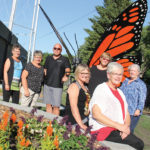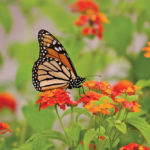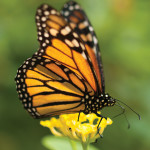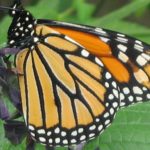The reappearance of milkweed in crops across the province is giving farmers a tough choice between weed control and conservation. In Canada, there are 14 species of native milkweed that are the sole food group for monarch butterflies. Two of those species are listed on Manitoba Agriculture’s noxious weed list: common milkweed and showy milkweed.












